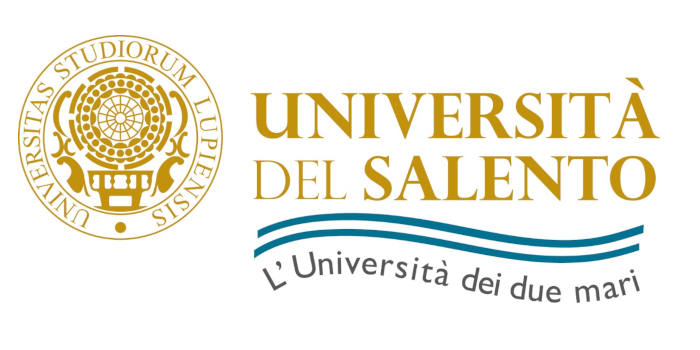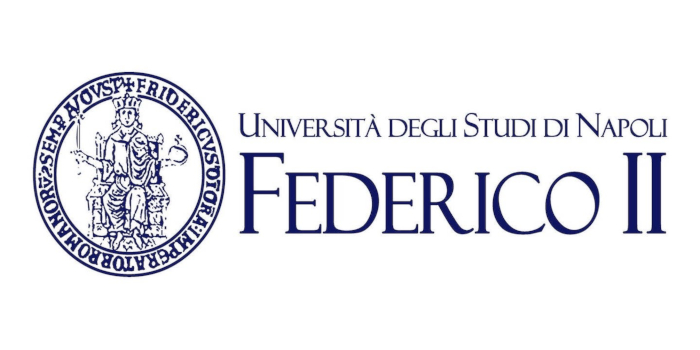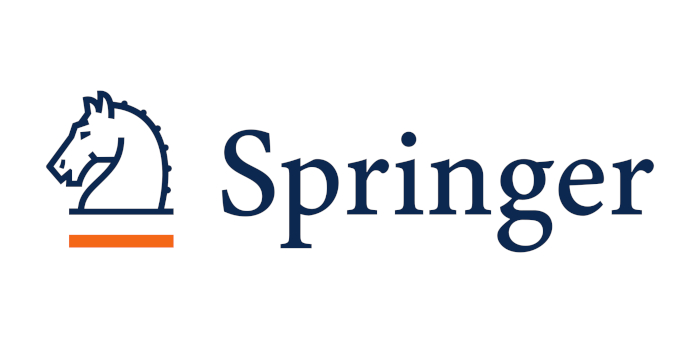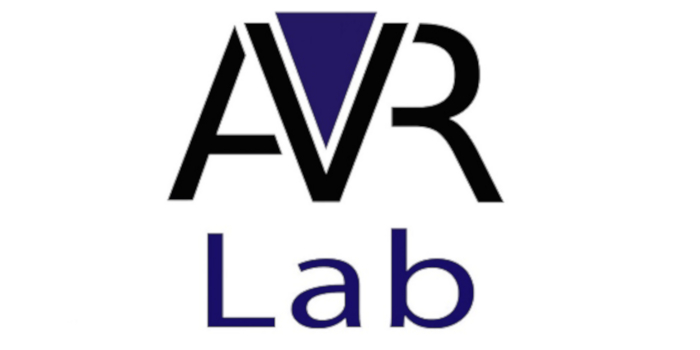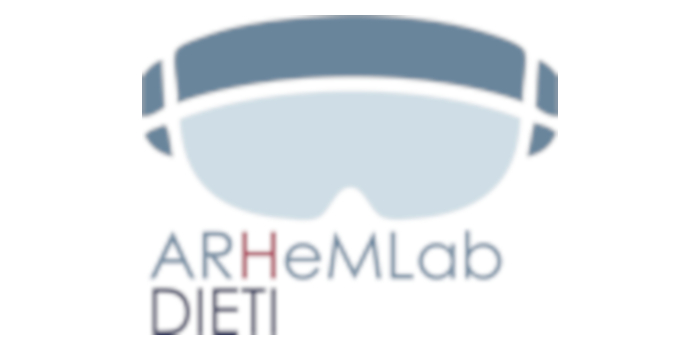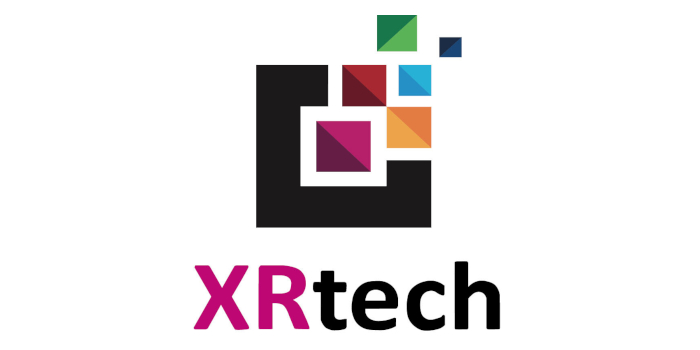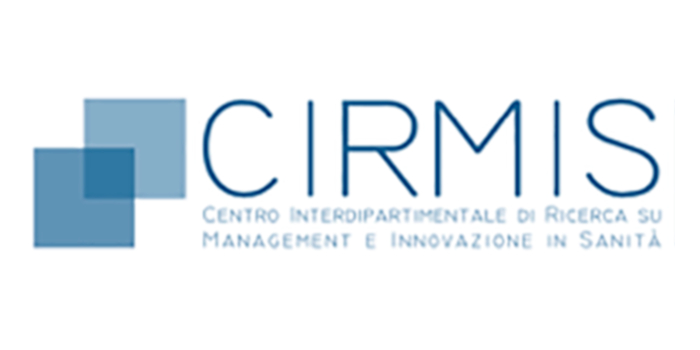Exploring Human Cognitive States Through Explainable AI: Lessons from Drawing Tests
Sven Nõmm
Tallinn University of Technology
SPEAKER BIOGRAPHY
Prof. Sven Nõmm received his Ph.D. jointly from École Centrale de Nantes, Université de Nantes, and Tallinn University of Technology. His current research interests focus on AI-based analysis of human motor functions, with applications supporting the diagnosis of neurodegenerative diseases and cognitive disorders. He also applies AI methods in areas such as cybersecurity and remote sensing. On the theoretical side, he is particularly interested in the mathematical foundations of explainable AI.
Since May 2024, he has been the head of the TalTech-AI competence center. He has authored and co-authored more than one hundred papers published in top-tier journals and conference proceedings.



